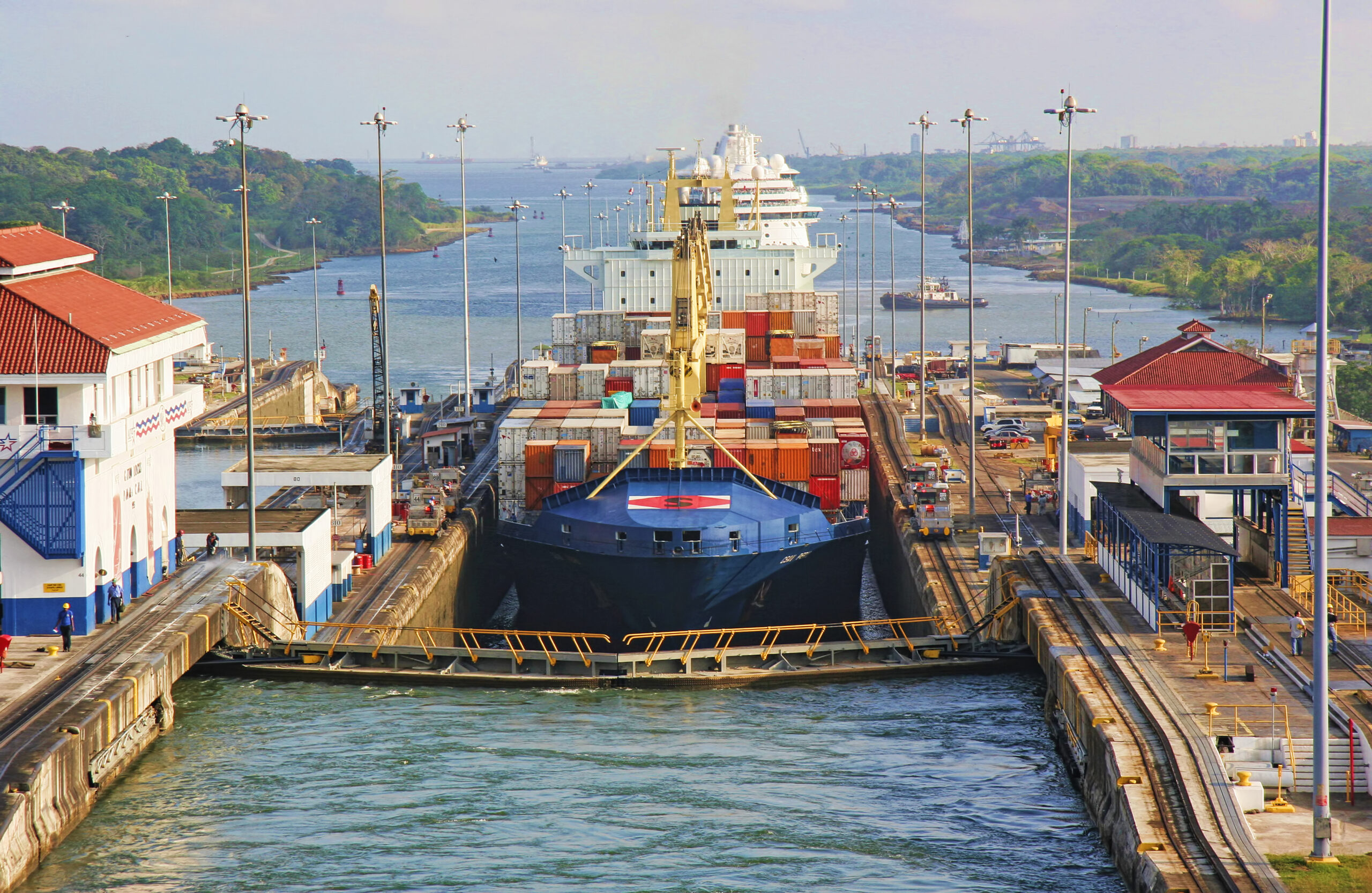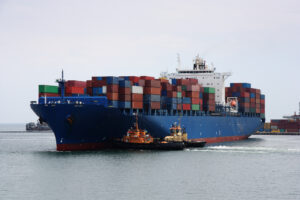With the Panama Canal implementing sharp cuts in the number of booking slots for transits in the coming months tankers and dry cargo ships are set to be squeezed out of using the Canal.
In its report, shipbroker Poten & Partners predicts that the stark reduction in slots will push many of the tramp vessels, including tankers and dry cargo ships, away from the Panama Canal.
This will lead to more ton-mile demand and possibly changes in segment utilization as longer hauls may stimulate the use of larger vessels, as the shipbroker says.
The drought is impacting traffic in the Panama Canal which is progressively lowering the canal’s reservoir levels and forcing the Panama Canal to periodically manage water utilization in a sustainable manner to maintain acceptable and competitive draft levels.
The current conditions, are creating an unprecedented drought, and thus far has produced the driest year on record since 1950.
Since July 30, capacity has been reduced to 32 transits. According to the PCA “The recorded precipitation for October has been the lowest on record since 1950 (41% below), and so far, 2023 ranks as the second driest year for the same period.”
The number of booking slots from November 3-6 will be reduced to 25, and from November 7-30, 2023, the number of booking slots will be reduced to 24, the Panama Canal Authority said in a client advisory.
In addition, from December 1-31 the number of booking slots will further be reduced to 22, and from January 1-31 2024, the number of booking slots will be reduced to 20.
For booking dates beginning February 1, 2024, and until further notice, the number of booking slots will be reduced to 18 per day.
“At this point, Neopanamax slots with be down to 8 per day, which will mostly be taken up by container vessels with the occasional gas carrier. Large oil tankers will not feature in this trade anymore. They will not be able to schedule in advance like container ships do and they can likely not compete for the auction slots (a recent auction was “won” by a VLGC for $2.85 million),” said Poten & Partners in its analysis.
The report noted that very few of the Suezmax tankers pass laden through the Canal, which is at least partially caused by the fact that the Canal is not able to operate at design draft due to low water levels for most of the period.
“We estimate that at a maximum draft of 44 feet, as currently in effect, a modern Suezmax tanker can carry about 107,000 Metric Tons, only about 12,000 tons more than an Aframax. This is not a compelling economic proposition. And it will only get worse as the PCA will tighten restrictions further,” explained Poten.
Since the beginning of the 2023 dry season, the Panama Canal adopted several water saving and conservation measures in the transit operation, including the use of water saving basins in the Neopanamax Locks and cross-filling in the Panamax Locks.
Additionally, the late arrival of this year’s rainy season, and lack of precipitation in the Canal watershed has obliged the Canal to reduce the transit capacity to approximately 32 vessels per day since July 30, 2023, while managing the available rainfall over the watershed to maintain Gatun Lake at a level that would offer a competitive draft for its customers.
The Canal also announced at the end of September an additional reduction in capacity, which is effective from the beginning of November.
However, despite the measures taken by the authority, the level of Gatun Lake has continued to decline to unprecedented levels for this time of year.
The recorded precipitation for October has been the lowest on record since 1950 (41% below), and until now 2023 ranks as the second driest year for the same period, as the authority reports.



